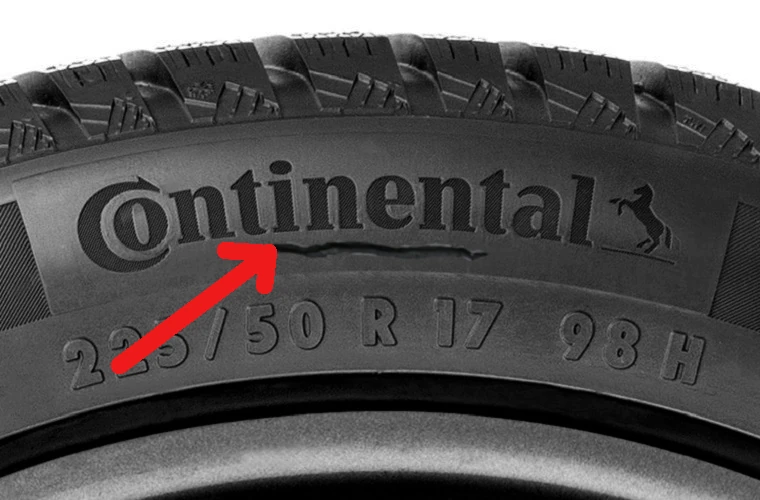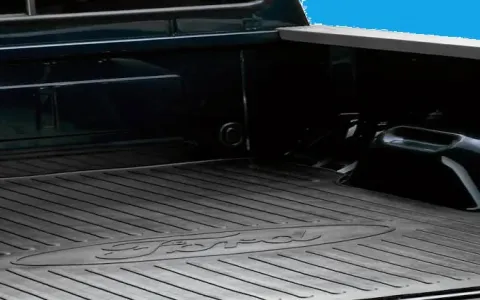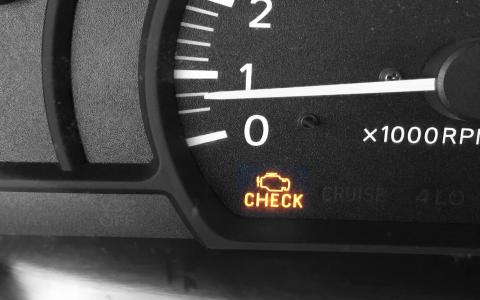
Tire sidewall damage is a serious issue that can compromise the safety and performance of your vehicle. Unlike tread damage, sidewall damage often leads to sudden tire failure if left unaddressed. Understanding what causes sidewall damage and how to fix or prevent it is key to ensuring a smooth and safe ride.
What Is Tire Sidewall Damage?
The sidewall is the smooth outer area between the tread and the bead (the part of the tire that contacts the rim). It provides structural integrity and absorbs shock. Damage to this area can include:
- Cuts or gashes
- Bulges or bubbles
- Cracks or dry rot
- Punctures or abrasions
Even minor damage can weaken the tire structure and increase the risk of blowouts.
Common Causes of Tire Sidewall Damage
1. Curb Impact
One of the most common causes is hitting a curb while turning or parking. The impact can crush or tear the sidewall.
2. Potholes and Road Debris
Driving over potholes, broken pavement, or debris can compress the sidewall against the rim, causing internal or visible damage.
3. Overloading
Exceeding your vehicle’s load rating puts excess pressure on the tires, especially the sidewalls, leading to bulging or tearing.
4. Under-inflation
Low tire pressure increases sidewall flex, causing overheating and eventual breakdown of sidewall materials.
5. Aging and Weathering
Tires naturally degrade over time. Sunlight, heat, and ozone exposure can cause the rubber to crack or dry out, especially along the sidewalls.
5. Vandalism
Sadly this is still one of the ways that people choose to get revenge on people.
Is It Safe to Drive With Sidewall Damage?
No. Sidewall damage weakens the tire's structure and can lead to sudden blowouts, especially at highway speeds. Unlike the tread area, the sidewall cannot be safely patched or plugged. If the damage is visible or severe, the tire should be replaced immediately.
Fixes and Solutions
1. Visual Inspection
Check for any bubbles, cuts, or cracks. If you spot sidewall damage, compare it against tire manufacturer guidelines or visit a professional.
2. Replace the Tire
Most sidewall damage requires a full tire replacement. Repairs are not recommended, as patches won’t hold in high-stress sidewall areas.
3. Tire Rotation and Balancing
Regular tire rotation can help distribute wear evenly and prevent stress buildup on certain sidewalls.
4. Maintain Proper Tire Pressure
Check tire pressure monthly and inflate according to your vehicle's specifications.
5. Avoid Hazards
Be cautious when driving near curbs, over potholes, or across rough terrain. Slower speeds and gentle driving reduce the risk of impact damage.
Final Thoughts
Tire sidewall damage isn’t something to ignore. Even small imperfections can lead to serious safety risks. While maintenance helps prevent damage, the only true fix for sidewall issues is tire replacement. When in doubt, consult a tire specialist to ensure your safety on the road.








![What Ford F150 is Best for Towing ? [Full Guide]](/sites/default/files/styles/frontpage_stories/public/2025-04/f250-camping.webp?itok=6Ah370zB)
